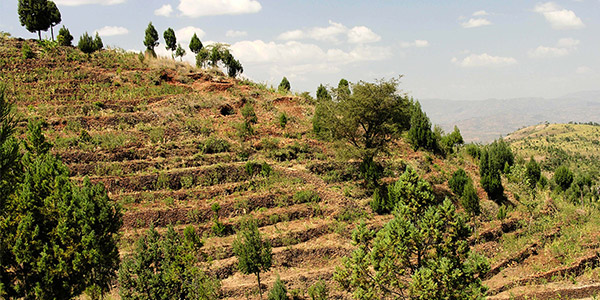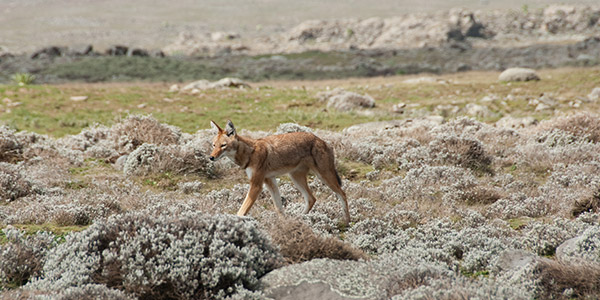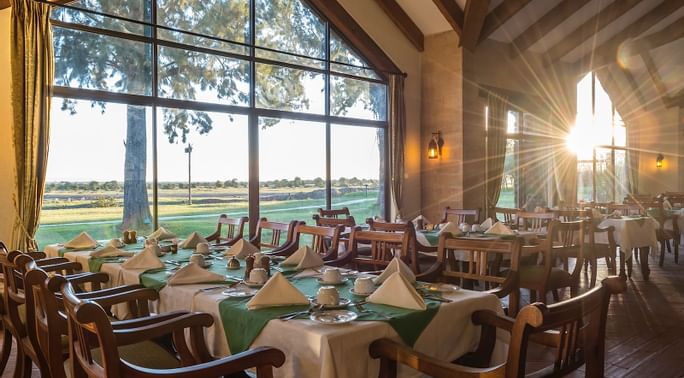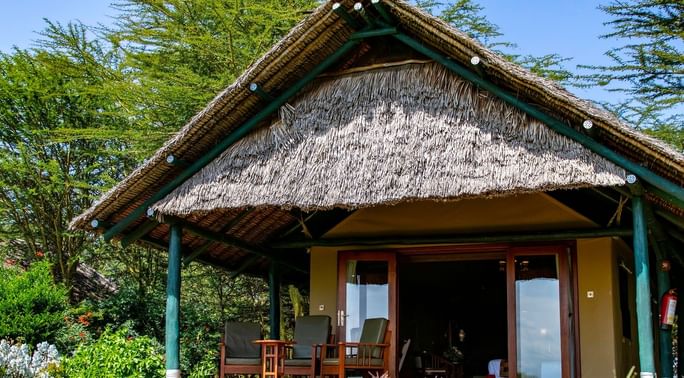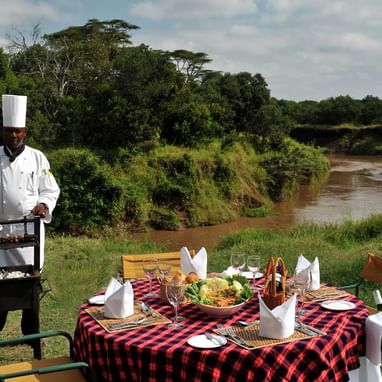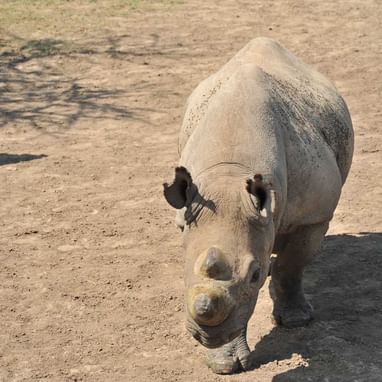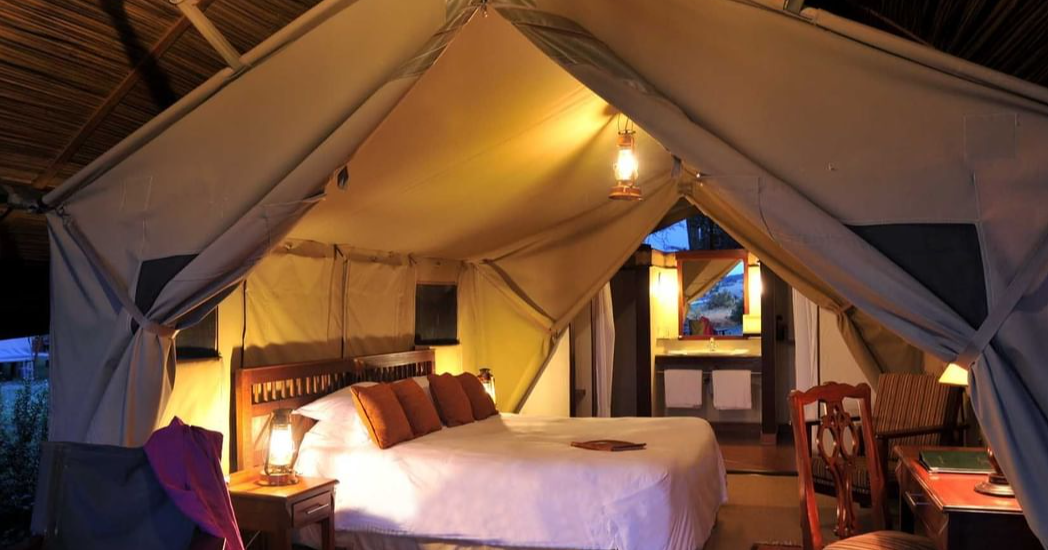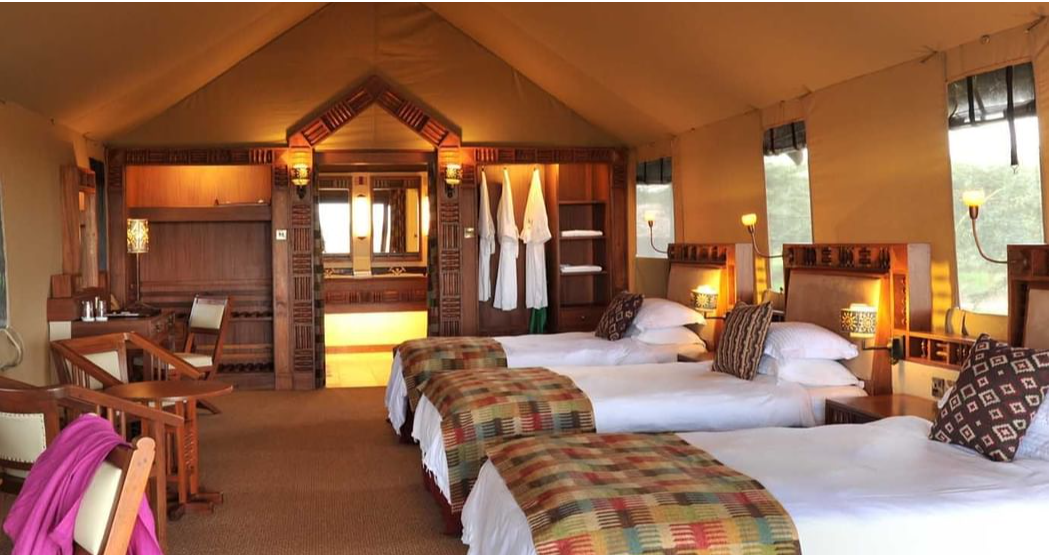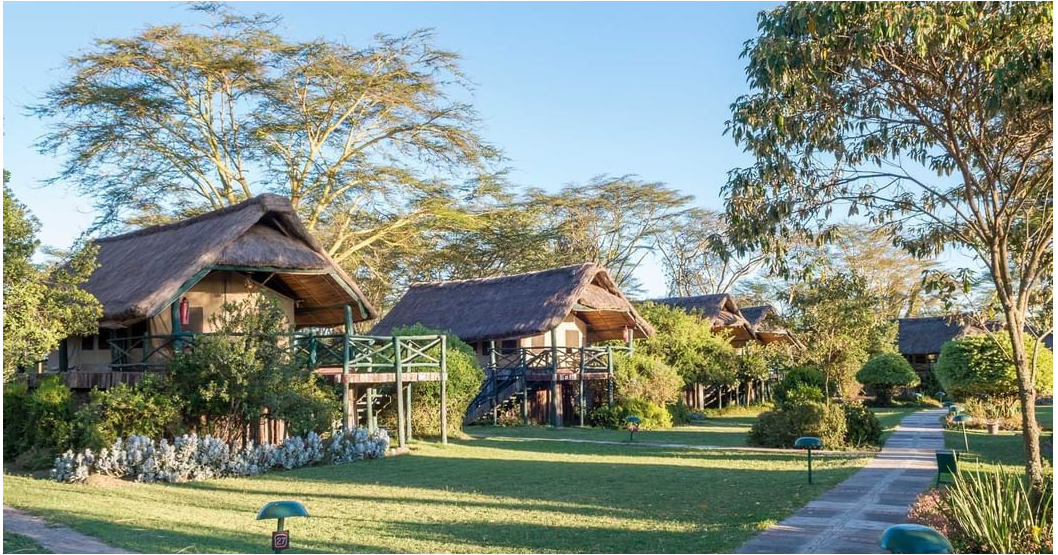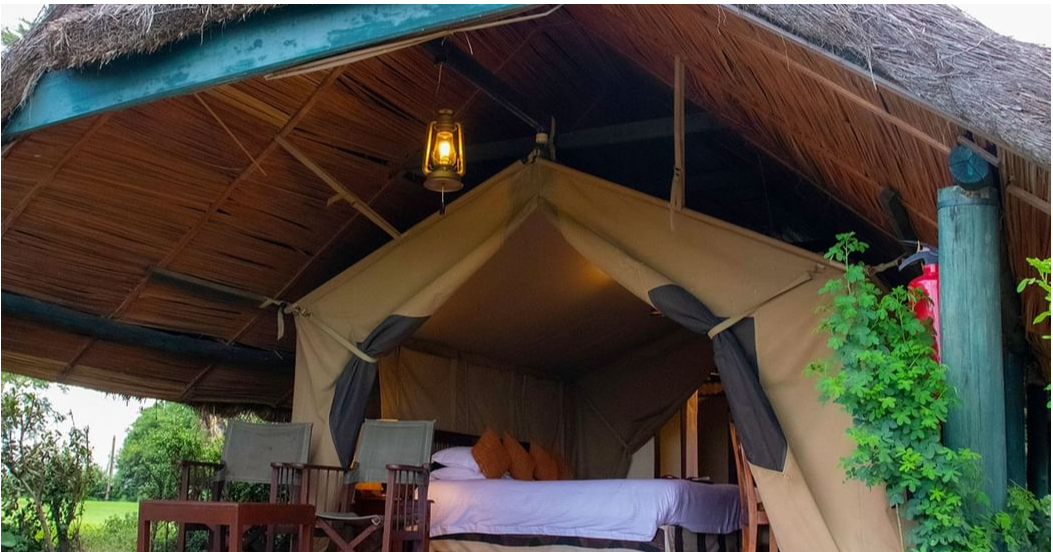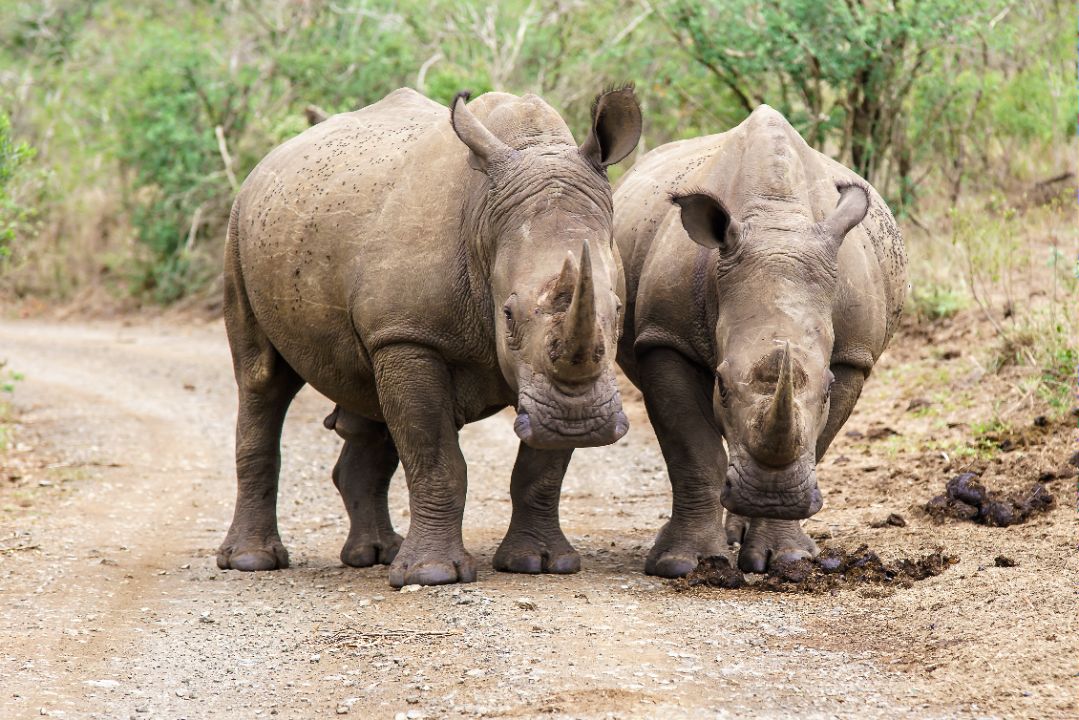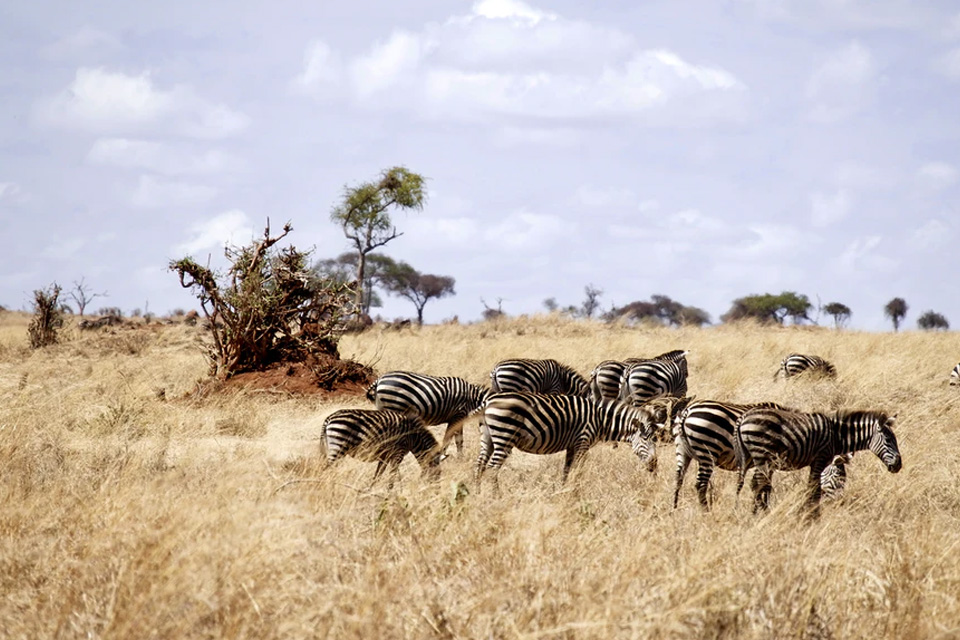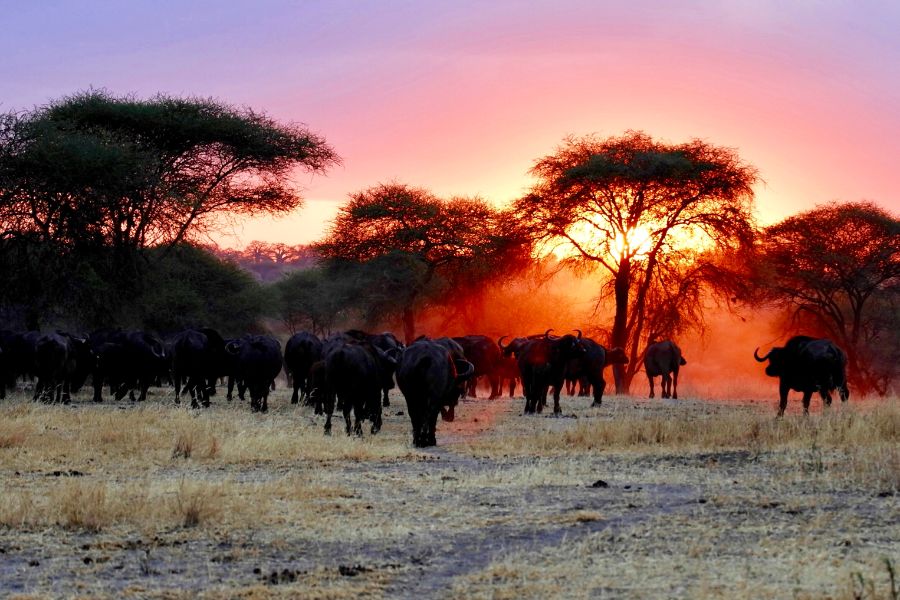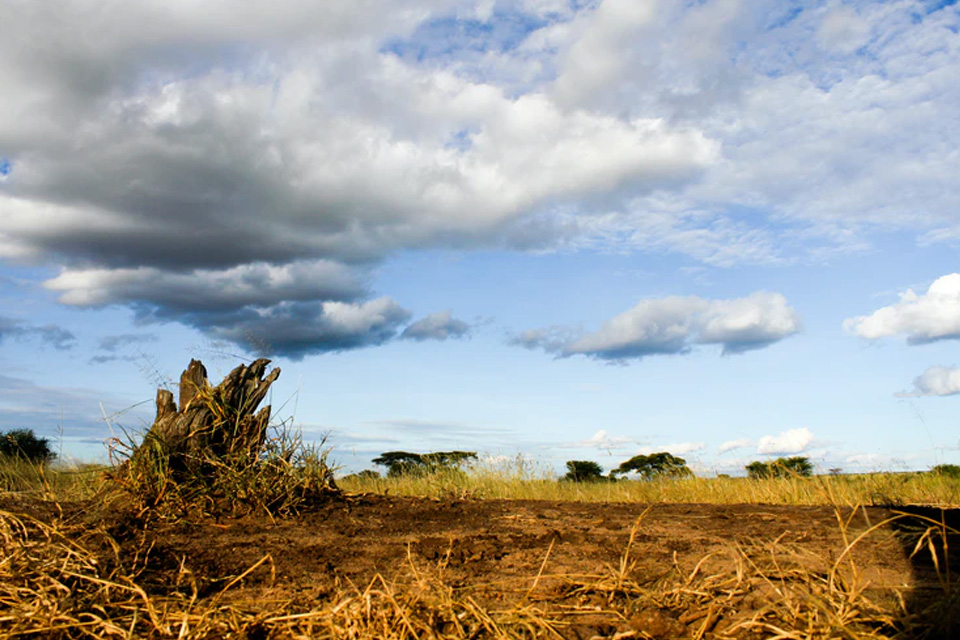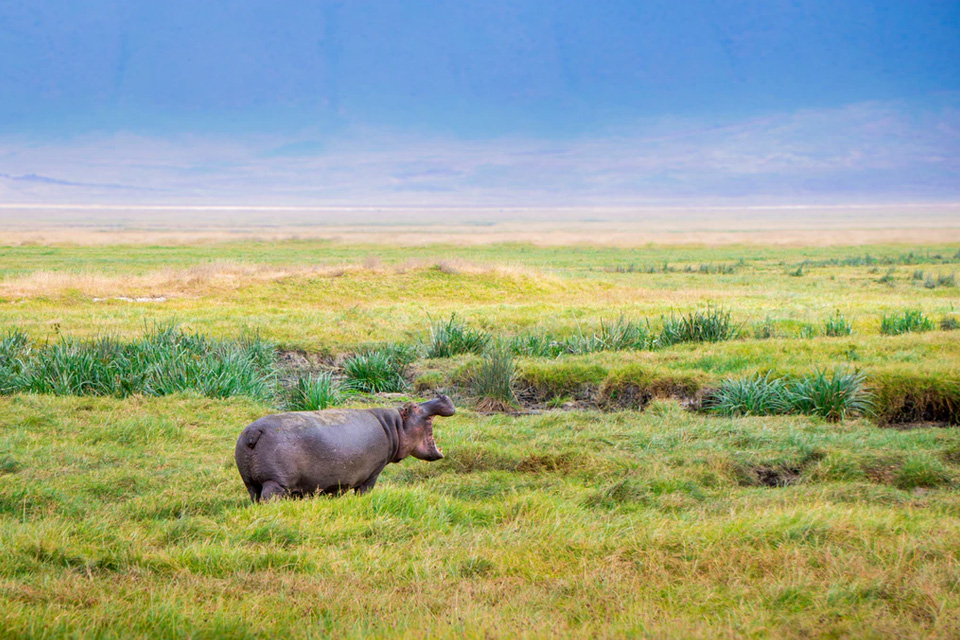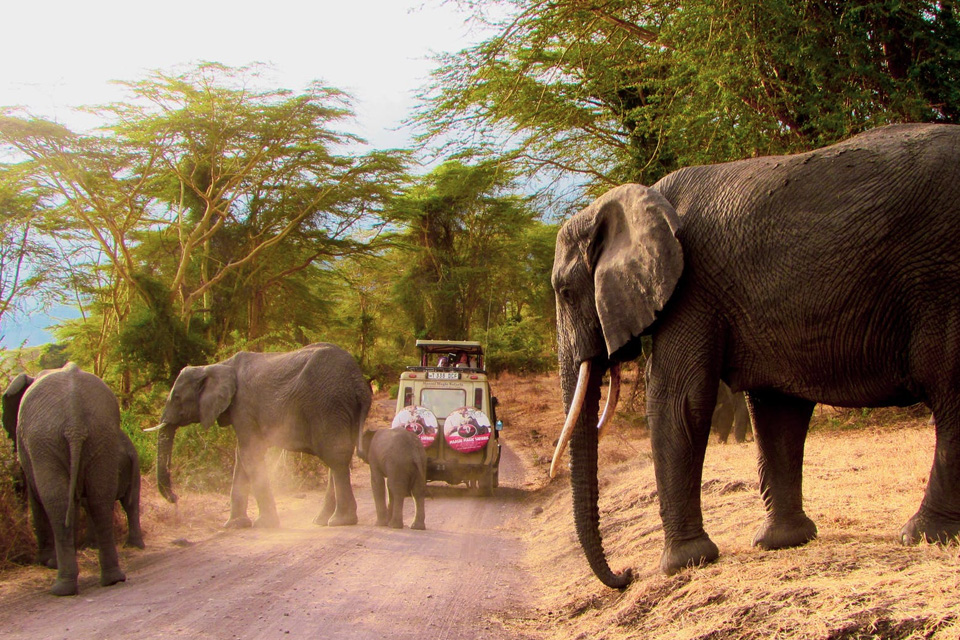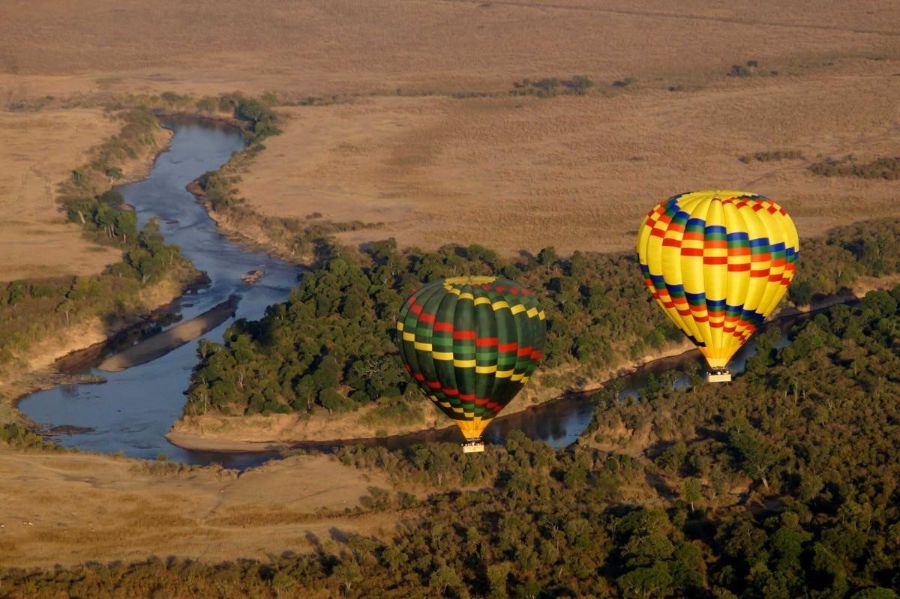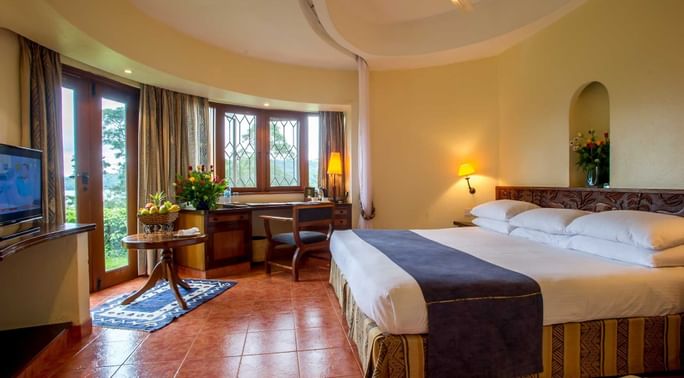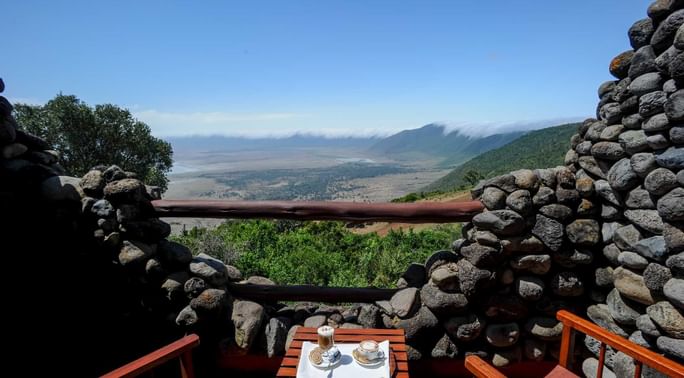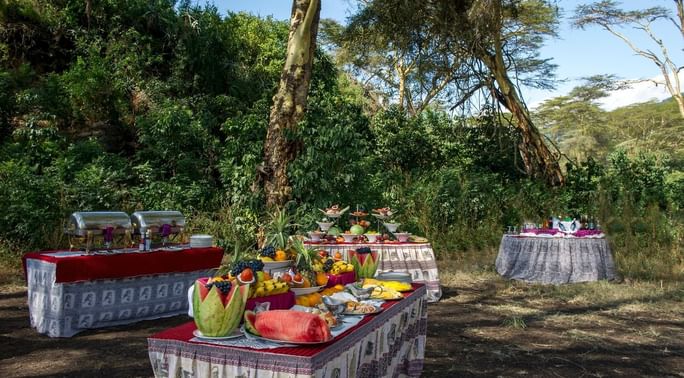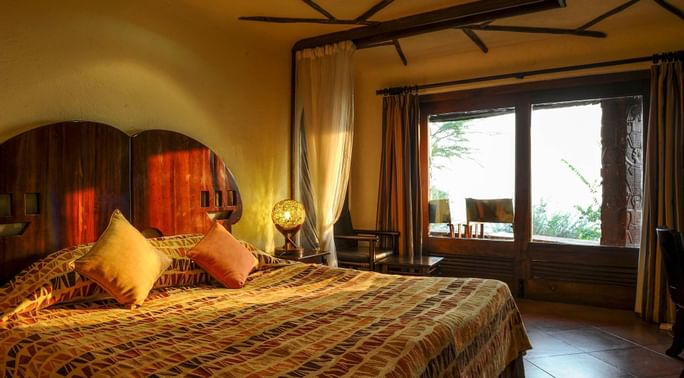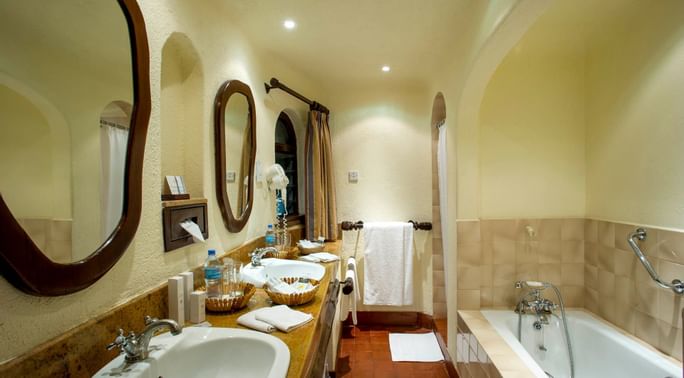Ethiopia’s rise as a tourist destination is no accident and the nine UNESCO heritage sites together with it being named the World’s Best Tourism Destination in 2015, have a lot to do with rising tourist numbers.
Ethiopia is home to many of the oldest cultures in Africa along with some of the most fantastic natural landscapes anywhere in the world.
The UNESCO sites are:
Simien National Park - The Simien Mountains cover a large area of northern Ethiopia and Simien National Park is its centerpiece. The area is famous for gorgeous hiking areas and is home to several endangered species like the walia ibex and Ethiopian wolf (both endemic to the area). Some of the sharp peaks in the area drop straight down over 4,000 feet.
Aksum - The ruins of the ancient city of Aksum are found close to Ethiopia’s northern border. The massive ruins, dating from between the 1st and 13th century A.D. include monolithic obelisks, giant stelae, royal tombs and ruins of ancient castles.
Lower Valley of Awash - The 53 fragments of skeleton, who was named Lucy, was discovered in 1974, lies at the National Museum of Ethiopia in Addis Ababa. The Awash Valley contains one of the most important groupings of paleontological sites.
Rock-Hewn Chruches, Lalibela - The 11 medieval monolithic cave churches dating back to the 13th-century are situated in a mountainous region in the heard of Ethiopia near a traditional village with circular-shaped dwellings. Lalibela is a high place of Ethiopian Christianity and today is still a place of pilgrimage and devotion.
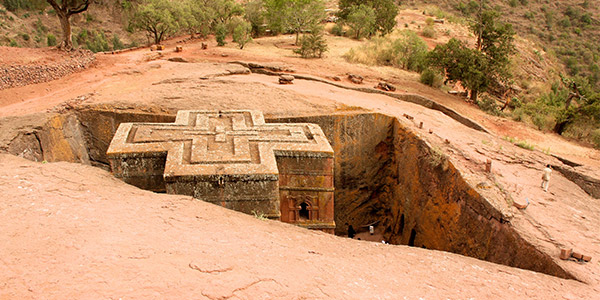
Harar - Harar is an ancient walled city in eastern Europe sitting atop a hill at 1,885 meteres. Harar is a holy city of the Muslim population with almost 110 mosques, some of which date back to the 10th century.
Fasil Ghebbi - Residence of Ethiopian emperor Fasilides and his successors during the 16th and 17th centuries, the fortress-city of Fasil Ghebbi, surrounded by a 900 metre wall, contains palaces, churches, monasteries and unique public and private buildings marked by Hindu and Arabic influences, and transformed by the baroque style brought to Gondar by the Jesuit missionaries.
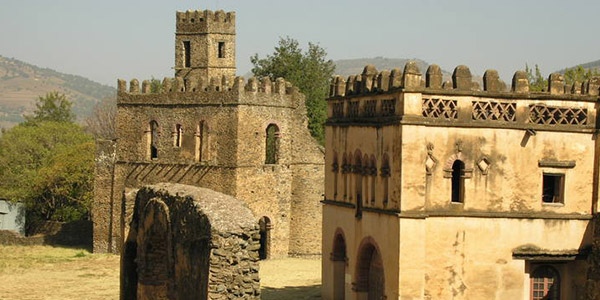
Konso Cultural Landscape - This Landscape is a 55 sq. km arid property of stone walled terraces and settlements in the Konso highlands of Ethiopia. The landscape demonstrates the shared values, social cohesion and engineering knowledge of its communities.
